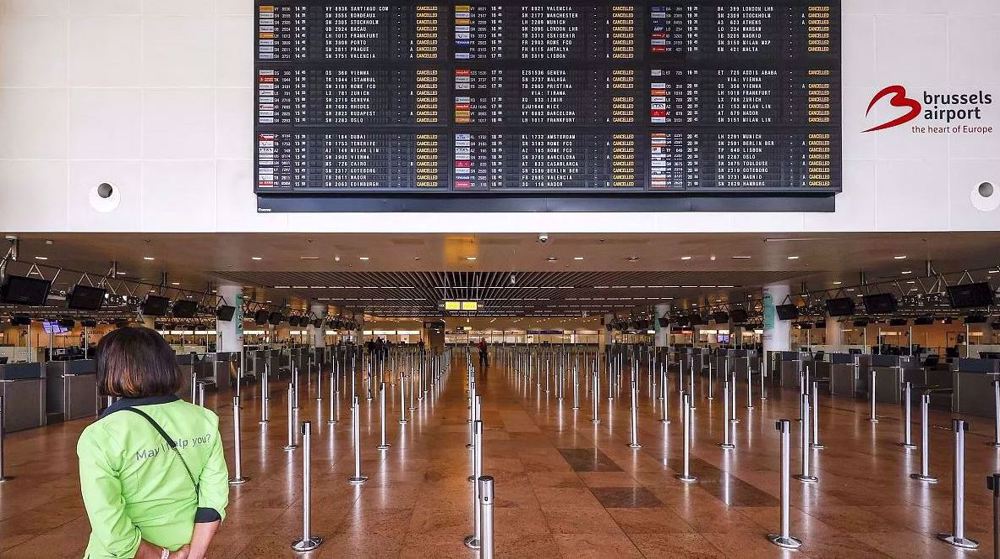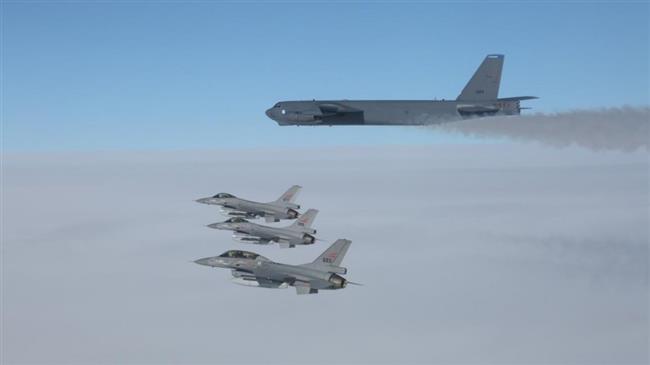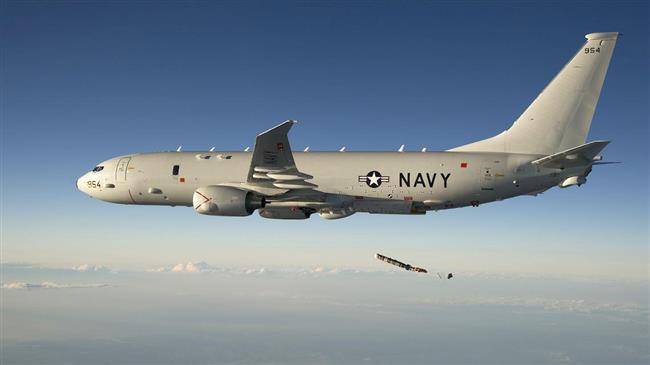Extensive Russian submarine operation in North Atlantic: Norway
The Norwegian military says Russia has dispatched 10 submarines to the North Atlantic in the largest such operation since the end of the Cold War.
The Russian submarines were sent for maneuvers from their base on the Kola Peninsula in Russia's far north last week, Norway’s state broadcaster NRK reported Tuesday, citing sources from the Norwegian Intelligence Service.
They are seeking to reach as far into the Atlantic as possible without being detected, it claimed.
"There's a lot of activity in the North Atlantic at the moment and Norway together with other NATO states are monitoring with air and surface capabilities," said Brynjar Stordal, a spokesman for the Norwegian armed forces.
This is the largest operation of its kind conducted by Russia "since the end of the Cold War by the number of assets operating at the same time," he added.
The dispatch of submarines comes at a time of heightened tension between the West and Russia.
President Vladimir Putin has warned of a new arms race and accused the US of raising the risk of nuclear war after it quit the Cold War-era Intermediate-Range Nuclear Forces (INF) Treaty and refused to hold talks about another pact.
The treaty, seen as a milestone in ending the Cold War arms race between the two superpowers, led to the elimination of 2,692 missiles from both sides, ridding Europe of land-based nuclear missiles.
However, the US officially withdrew from the treaty on August 2, claiming that Russia had first breached the pact by developing a missile of its own.
Moscow publicized the specifics of its missile to prove that it was not covered by the INF treaty.
Stordal said the massive operation, which is planned to last about two months, is aimed at showing the United States that Russia is able to threaten the east coast of the country.
"Of course they're showing their capabilities both in numbers and as to what they can deploy at the same time," he noted.
Submarines are thought to be the backbone of Russia’s naval power as the country is believed to have an estimated 60-70 of them on active duty.
The United States has already expressed concern over Russia’s advancements in developing various classes of submarine and arming them with “very capable” cruise missile technology.
Last week, Russian news agencies said two Sierra-class nuclear submarines were preparing for "deep dives to test certain equipment and weapons" in the neutral waters of the Norwegian Sea.
The two submarines –known as Nizhny Novgorod and Pskov-- are equipped to launch cruise missiles and designed to detect and destroy enemy air and sea targets.
The Norwegian Sea has depths of several thousand meters, unlike the Barents Sea outside the Russian port of Murmansk which only has an average depth of about 200 meters.
Normally, the ballistic missile submarines patrol the eastern Barents Sea or under the ice-cap in the Arctic.
Last year, the UK Royal Navy and its Norwegian counterpart purchased a large fleet of US-made P-8 Poseidon surveillance aircraft to stop what they call Russia’s growing submarine activity near their territorial waters.
Nuclear submarine tests new ballistic missile
TASS news agency said Wednesday Russia test-fired an intercontinental ballistic missile from its new nuclear-powered submarine ahead of the vessel’s delivery into service this year.
“For the first time, the… strategic submarine Knyaz Vladimir test-launched the sea-based Bulava ballistic missile,” the agency quoted the Defense Ministry as saying.
The submarine –known as Knyaz Vladimir -- is expected to join the Russian Navy’s Northern Fleet in December 2019. The vessel was floated out in 2017 and started its first sea trials a year later.
Russia's Defense Ministry published nighttime footage showing the Knyaz Vladimir launching the Bulava -- Russia’s newest solid-fueled ballistic missile -- from an underwater position.
The missile flew thousands of kilometers from the waters of the White Sea in the northern Arkhangelsk region to the Kamchatka Peninsula in Russia’s Far East.
The missile's flight had been successful and it has arrived at the test range on time, the military said.
Knyaz Vladimir will carry up to 16 intercontinental missiles of the RSM-56 Bulava type with each missile expected to carry four to six nuclear warheads.
Russia is scheduled to build and commission 10 new Borei-class submarines by 2027, with five expected to serve in the Pacific Fleet and five in the Northern Fleet.
Hamas thanks Iran, Resistance Front following achievement of ceasefire in Gaza
'Capitulation': Israeli officials and media concede Gaza defeat as truce unfolds
'Gaza has won': Social media users react to ceasefire with mix of relief, joy
Iran seeks South Korea’s assistance for AI, fiber-optic projects
VIDEO | Iran's 'Eqtedar' (Power) maneuver
Israel hits HTS military target in Syria for 1st time since fall of Assad
VIDEO | Press TV's news headlines
Israel has slaughtered 13,000 students in Gaza, West Bank
















 This makes it easy to access the Press TV website
This makes it easy to access the Press TV website